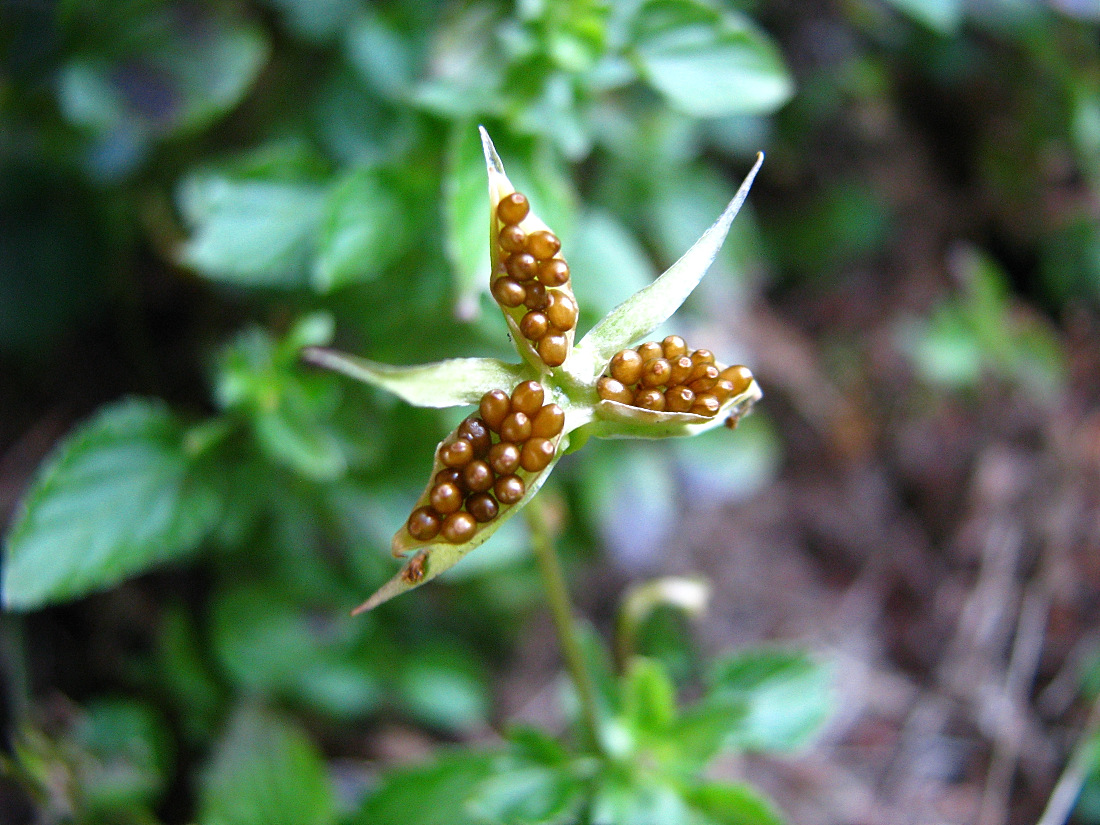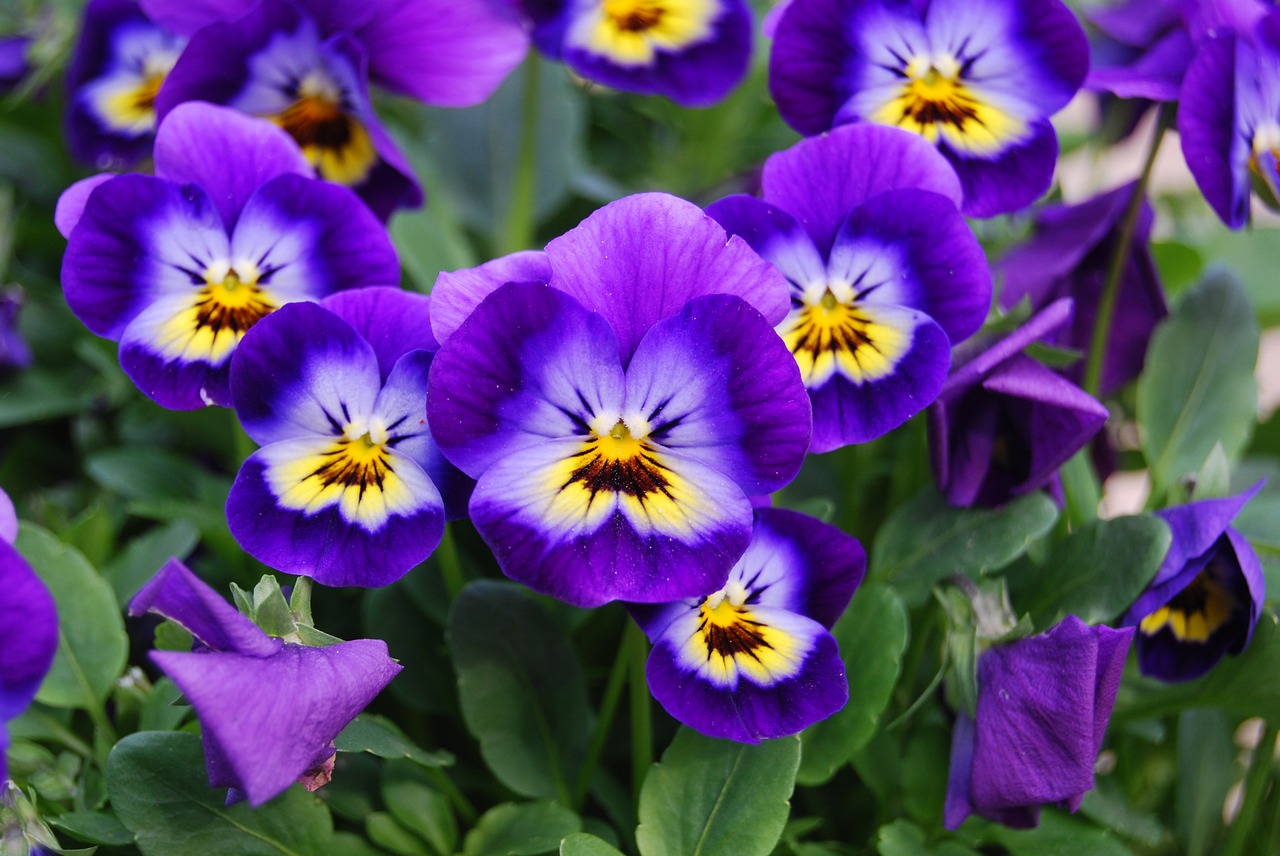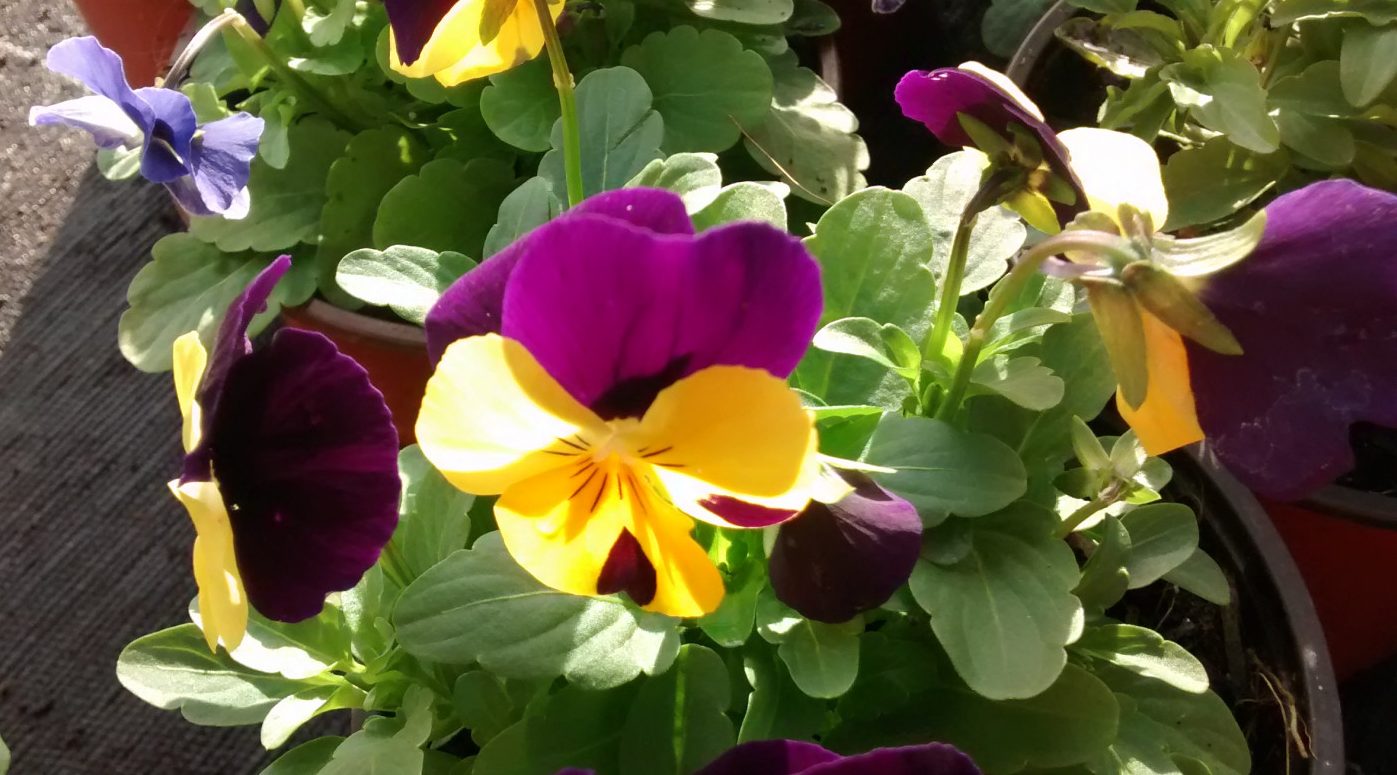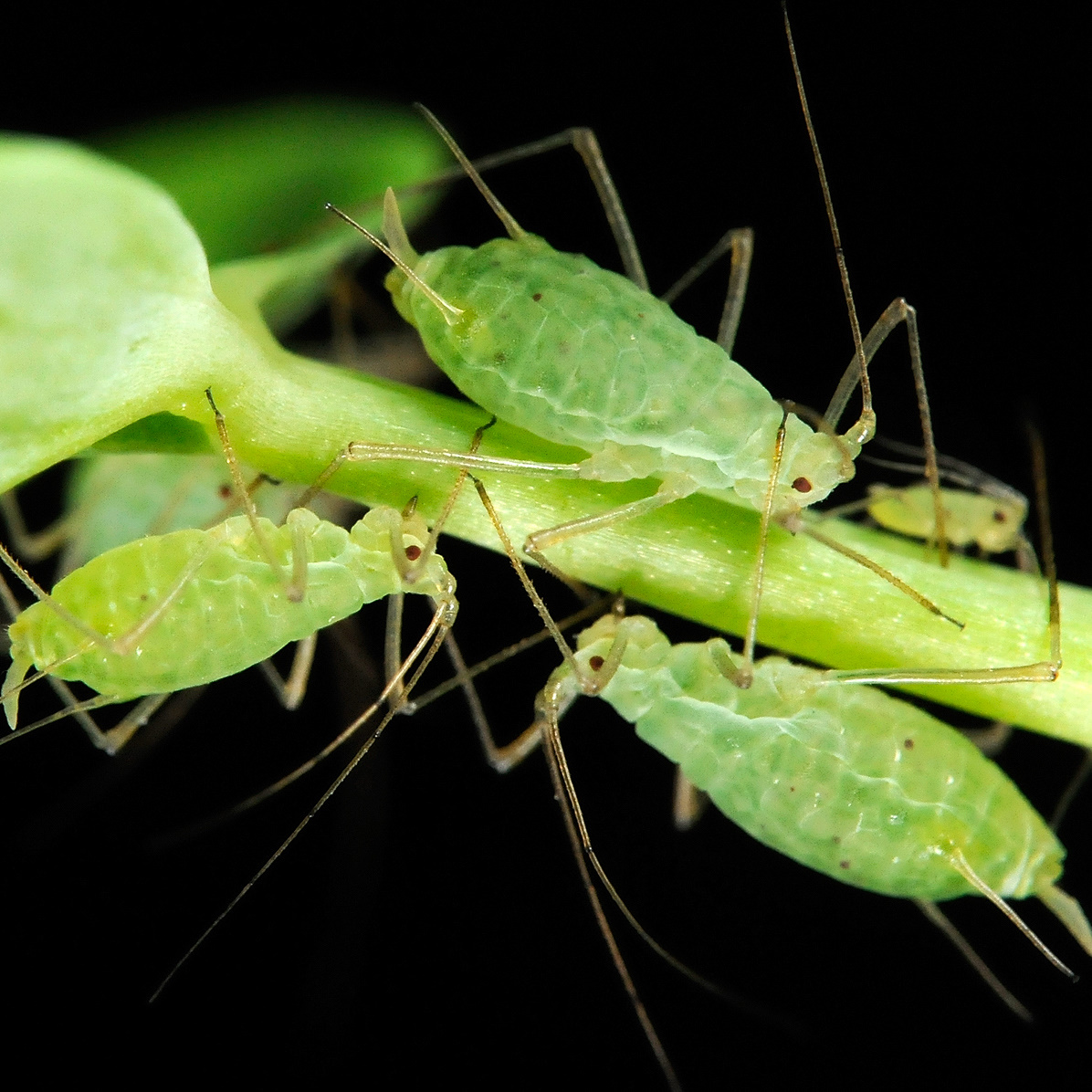La viola cornuta, is a beautiful plant native to the Pyrenees and the Cantabrian Mountains, in Spain. It stands out for its aroma, remarkable flowering in autumn, being the same edible and for embellishing environments as it is considered an ornamental use. Discover here their care and much more.

viola cornuta
La viola cornuta, is a perennial plant, which means that it can live for more than two years, due to its great root system. Which help it to easily absorb water and nutrients from the substrate, which is normal Plant nutrition process. Likewise, it is identified with the names of "Violeta de los Pirineos", "Violeta" and "Pensamiento mini" (because of its resemblance to the Pansy plant).
It is endemic to the Pyrenees, a mountain range that is located in the northern area of the Iberian Peninsula, having a natural border with the countries of France and Spain. Likewise, it is native to the Cantabrian Mountains, located in the North of the Iberian Peninsula. A striking fact is that it is included in the "Red List" of Angorra, according to the considerations of the International Union for the Conservation of Nature.
It is normal to see the Viola cornuta, in places populated with herbs, between boulders or rocks and where there is grass. The height of the plant ranges from 30 centimeters, its flowers are between 2 and 4 centimeters, while its petals measure between 1,5 and 1,9 centimeters. One of its extraordinary virtues is that it can withstand temperatures between -7°C and -15°C, a condition that makes it ideal.
Its aroma is something that does not go unnoticed, along with its great beauty and lively bicolors, mainly finding combinations of yellow, blue and dark violet tones. Where apart from being a plant of common ornamental use, the petals of its flowers are part of the gastronomic decorations and are even edible.
Reproduction of the Viola cornuta
La viola cornuta It is characterized by having a reproduction through seeds, specifically in the months referred to the spring or summer seasons. In which the only thing that is needed is to place them in a glass containing water and after a few minutes, only the seeds that sank will be taken.
These should then be placed, with a distance between them, on a substrate for seedlings, previously moist, which can be easily placed in a pot or seedling tray. Later they are covered with more substrate, watered and placed in an area with direct sunlight, if it is spring, or in a shaded area, if it is summer. Given that in less than two weeks they will have germinated. During this time, it is important to verify that the substrate is always moist.
Propitious time for transplant
The Viola cornuta plant has as a propitious moment for transplanting to the direct substrate in the ground, the spring season. On the other hand, if the reason is the transplant to a larger pot, the moment is indicative, when the roots come out through the drainage holes. It may also be an option, when the plant has a height that ranges between 5 and 10 centimeters.
Taxonomic classification
Plant viola cornuta, gets its taxonomic classification from the Swedish scientist Carlos Linneo, who stood out for being a botanist, naturalist and zoologist. This came to present it in the year 1753, through his book "Species Plantarum", providing the following data:
- Kingdom: Plantae
- Division: Magnoliophyta
- Class: Magnoliopsida
- Order: Malpighiales
- Family: Violaceae
- Genre: Viola
- Species: V. cornuta
Characteristics of the Viola cornuta
Among the relevant characteristics of the plant viola cornuta, are the following:
- It is a perennial plant, that is, it has a life of more than two years.
- It is part of the ideal plants to be grown both in pots and in direct soil.
- Its main attraction, apart from its excellent aroma, is the flowering it provides during the winter season.
- The leaves of the plant are generally oblong.
- They prefer garden areas with solar incidence.
- The petals of its flowers are widely used in haute cuisine, as well as in pastry, not only to decorate. Because they are even edible, having a delicate flavor.
- Its flowers are generally bicolored.
- It spreads through rhizomes.
- Its ideal climate is the one between cool and humid.
- The substrate where it is grown must have good drainage and be rich in organic matter, and must also be kept moist.
- Its perfect pH is neutral, being possible to reach alkaline.
Description of its flowers and leaves
Its flowers stand out notoriously for their delicate aroma. It usually comes in shades of dark purple, blue, cream, or yellow. Where the bicolor tones are the most striking, the flowers in this case having the dominant colors of yellow, blue and violet in a combined way.
Being the most usual, dark violet next to yellow, yellow next to blue and lavender next to yellow. Where its growth ranges between 2 and 4 centimeters. In which its petals reach between 1,5 and 1,9 centimeters.
plant leaves viola cornuta, they have their birth from the base of the same and in the back they are hairy. On the other hand, their shape is oblong, which means that they are longer than wide. They have a petiole, which corresponds to the appendix through which it joins the stem.
Viola cornuta care
Among the basic or essential care of the viola cornuta are the following:
- Location: It is characterized by being a plant that requires fresh air and natural lighting, so it must be located in external areas, whether it is planted in the ground or in a pot. But, when this requirement is not available, at least an area where enough natural light reaches it is essential.
- Substratum: When the substrate is for a pot, a universal one is recommended, which to optimize it, between 20 and 30% perlite and expanded clay (or similar) can be added, which lightens drainage. In the case of the garden, what is necessary is an easy-draining substrate that does not cause waterlogging and that the pH is neutral, or alkaline.
- Irrigation: The watering that the Viola cornuta plant normally requires is 1 to 2 times a week. But when, on the contrary, the season is hot, it needs an increased watering of 3 to 4 times during the week. It is important to point out that watering is carried out only on the substrate, at no time on the leaves and less so on the flowers. having to be left with enough Humidity, but without flooding.
- Subscriber: It is recommended to do it with organic fertilizer, every 10 to 15 days, from the beginning of spring until the end of autumn. The ideal fertilizer is the organic compound, guano or algae fertilizer.
- Pruning: The pruning of the Viola cornuta is not mandatory, it is only necessary to remove the leaves or flowers that appear dry, withered, with any sign of decay or disease. This is easily done using a previously sanitized common scissors, with the aim that the plant is not affected by bacteria, viruses or fungi.
Pests that attack the Viola cornuta
Although the plant viola cornuta, is characterized by being obviously strong and durable, there are pests that can attack it, where the common ones are caterpillars and aphids. However, that is not a reason to be alarmed, because the solution lies in adding diatomaceous earth, which effectively evades these pests.
Diatomaceous earth is made up of a compound of fossilized microscopic algae to which they integrate silica, thus naturally forming the best of insecticides. Normally it is diluted 35 grams per liter of water. This kills the insect because it dehydrates it until it dies.
Viola cornuta diseases
The diseases that can attack the viola cornuta, only manifest or become present after prolonged and repetitive watering. In which, although it is not usual, those that come to suffer are:
- Alternariosis (blackhead, bold, late blight or alternaria)
- cercospora
Which are contracted by means of a fungus that causes the leaves of the plant, circular spots and a dark tone, between brown and black. Being the correct treatment, apply fungicides that have a copper-based compound.





